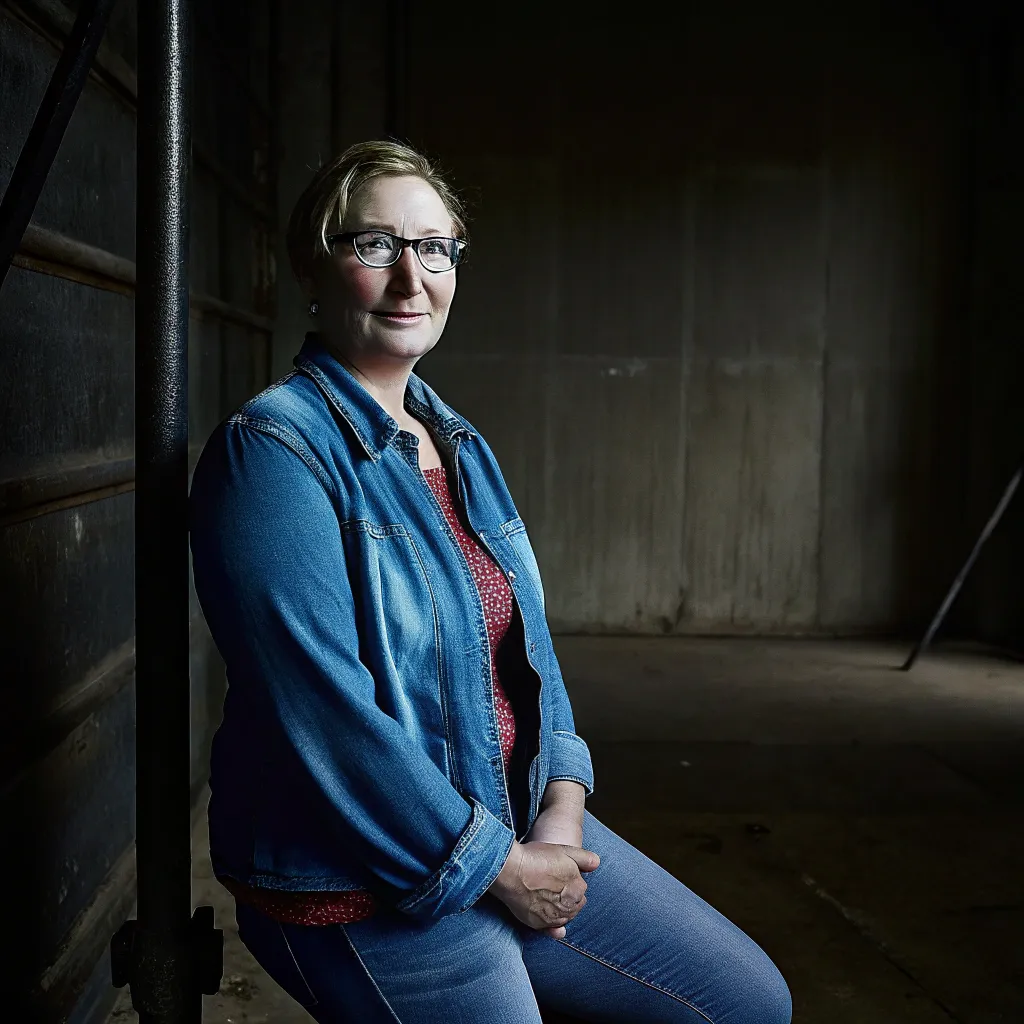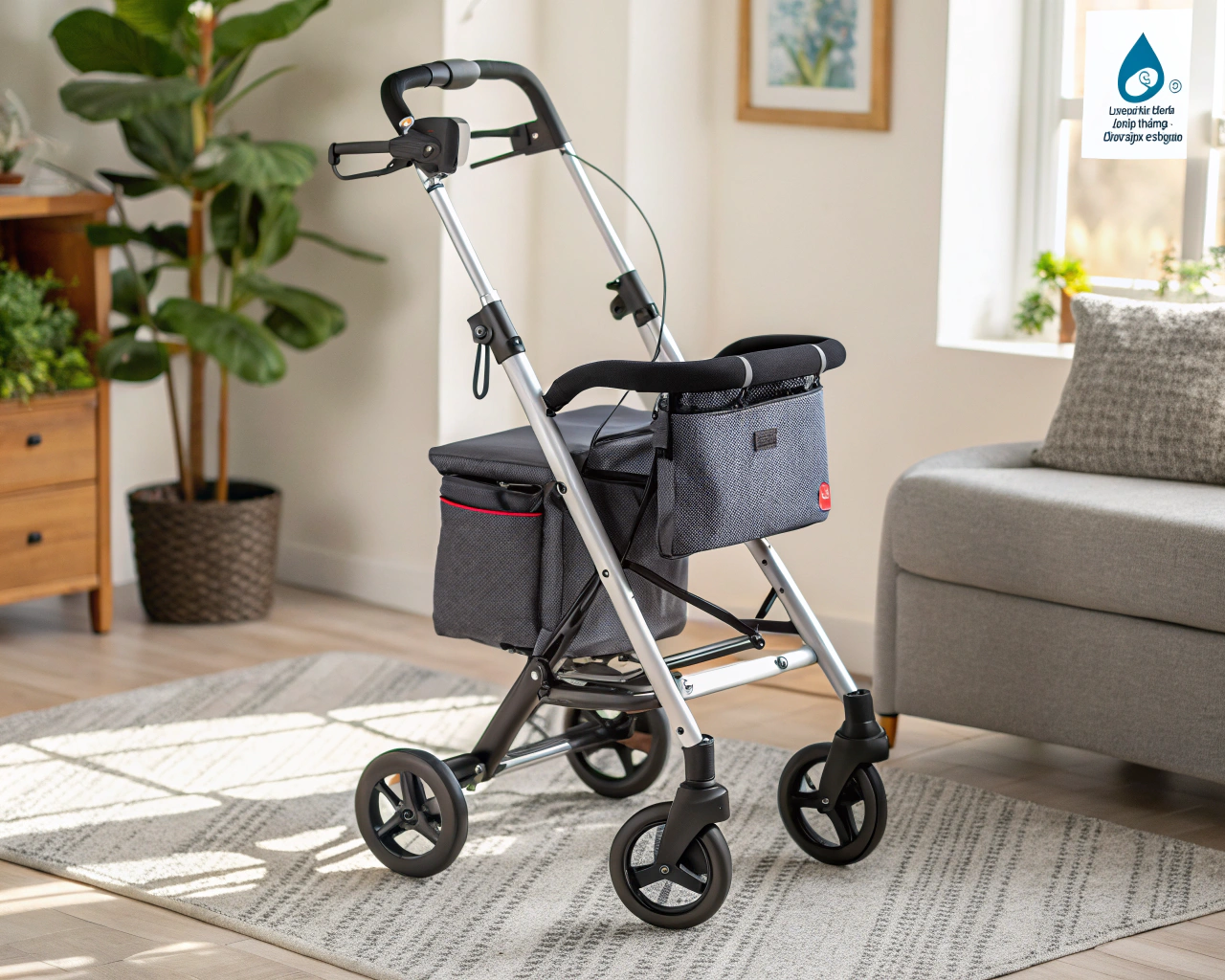Routine breast screening is essential for women over 55, as it significantly increases early detection chances. Neglecting mammograms can be costly.
The health landscape for women over 55 is often filled with options and decisions, especially regarding breast health. Annual mammograms become critical at this stage since aging increases the risk of breast cancer. It’s essential for women to stay informed about the importance of routine breast screening, including understanding the risks of skipping these assessments.
Why Mammograms Matter
Mammograms are X-ray exams of the breasts that can detect signs of breast cancer even before symptoms appear. For women over 55, the benefits of regular screenings are significant. According to numerous studies, including findings from the National Cancer Institute, early detection through routine mammography leads to better outcomes.
Breast cancer is less treatable when diagnosed later, making early detection vital. So, what should women consider regarding mammograms?
Common Reasons Women Skip Screenings
Despite the importance of mammograms, many women aged 50 to 74 miss out on this critical health check. Here are a few reasons why:
- Fear and Anxiety: Women may feel anxious about the procedure and the possibility of receiving bad news.
- Perceived Low Risk: Some believe they're not at risk or are too healthy to need a mammogram.
- Misunderstanding Recommendations: Changes in guidelines can cause confusion about the necessity and timing of screenings.
A recent study highlighted by AARP found that about 25% of older women are not current with their screenings. This statistic is concerning because staying informed and proactive about health can save lives.
Benefits of Regular Breast Screening
- Early Detection: The primary benefit of regular mammograms is early detection of breast cancer, which can lead to less aggressive treatments.
- Reduced Mortality Risk: Women who adhere to regular screening have noted reduced mortality rates associated with breast cancer.
- Customization of Care: Screening helps healthcare providers create personalized screening and treatment plans based on individual risk factors.
Understanding the Risks of Overdiagnosis
As women age, the issue of overdiagnosis in breast cancer screenings becomes a topic of discussion. Research indicates that while mammograms can save lives, there's also a risk of identifying cancers that may not require treatment. The conversation on cancer overdiagnosis needs to be addressed, especially for women in their 70s and older. Those seeking guidance should have candid discussions with healthcare providers.
Mammography often finds abnormalities that, if unchecked, might lead to treatment for tumors that would have never posed a threat during the woman’s lifetime.
FAQs About Breast Screening for Women Over 55
How often should I get a mammogram after 55?
Most health authorities recommend that women start annual mammograms at age 40 but may suggest adjusting this frequency based on health history and individual risk factors. Women over 55 should ideally have annual screenings, though some might consider biannual exams based on discussions with their physicians.
What should I expect during a mammogram?
A mammogram typically involves having your breasts positioned and compressed to get a clear image. The procedure is quick, lasting about 20 minutes. You might feel some discomfort due to compression, but it's brief.
Are there alternatives to mammograms?
While MRI and ultrasound are utilized in some cases, mammograms remain the gold standard for breast cancer screening, especially for routine checks in women over 55.
Summing It Up
The best move for women over 55 is to prioritize routine breast screenings. As we’ve seen, the stakes are high, and the potential for saving lives is invaluable.
In conclusion, while the conversation surrounding mammograms may include considerations around anxiety and overdiagnosis, the significant benefits of early detection far outweigh these concerns. Both healthcare providers and patients should engage in open discussions about mammogram frequency and the reasons behind the recommendations.
This article is for informational purposes only and not a substitute for professional medical advice.
By participating in routine breast screenings, women over 55 can take charge of their health and make informed choices. Staying proactive can substantially improve health outcomes, leading to safer, healthier futures. Remember, don’t skip your mammogram scheduled this year; it might just save your life!





